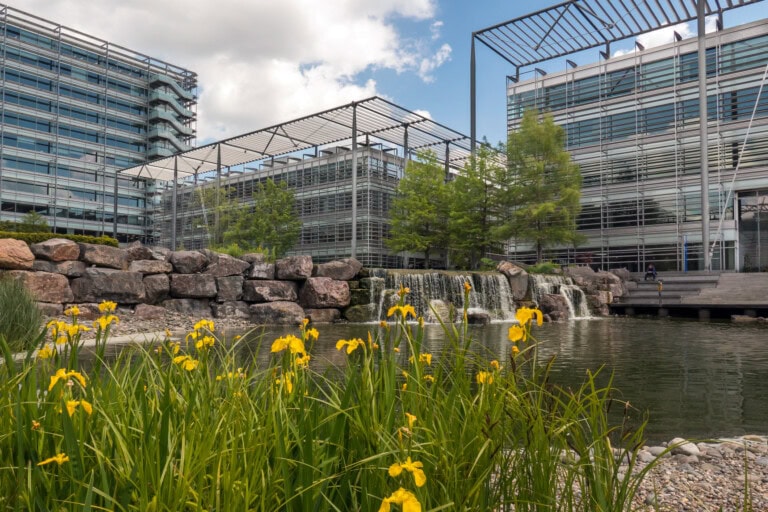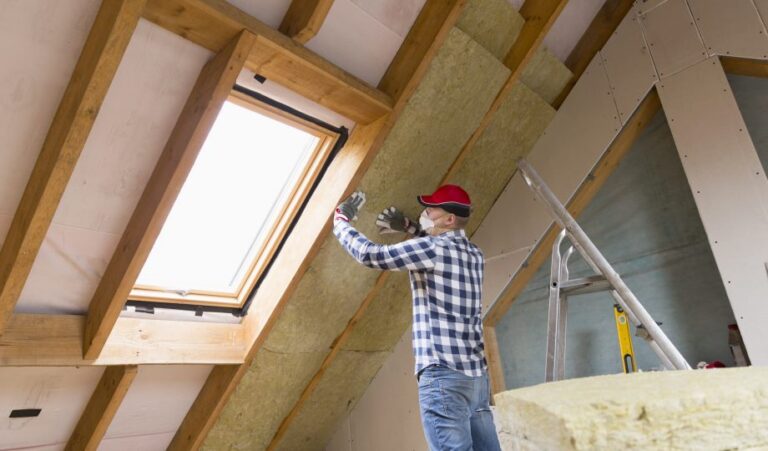Biodiversity net gain - clarity is crucial

It is thought by many leading scientists that we are going into an anthropogenic induced sixth mass extinction event. Not to mention that 50% of the Earth’s land surface has already been converted to human use. In the UK, the Government plans to provide homes for a further eight million people by 2025, while trying to realise their vision for an improved natural environment.
Until this year, the UK Government’s plans to improve the natural environment have, in my opinion, been pretty inadequate. You only need to look around to see our natural world disappearing before our eyes.
However, my view of the Government’s performance changed for the better when, in January, they published their 25 Year Environment Plan. In this they boldly claim “…ours can become the first generation to leave that environment in a better state than we found it and pass on to the next generation a natural environment protected and enhanced for the future”.
Whilst this was mostly the vision I had been waiting for – it is ambitious and by no means an easy feat – a comprehensive and deliverable plan is required to achieve this vision.
Last week, the Government announced they will begin work on a new Environment Bill, which will set out the legal framework supporting their 25-year plan. As suggested in their plan, this framework could lead to mandatory requirements around “environmental net gain” in the planning system.
To better understand how this might be achieved by the industry, during my MSc in Sustainable Development at the University of Surrey, I completed a thesis investigating the barriers preventing developers from adopting a biodiversity net gain approach. I interviewed a range of experts in this field, from individuals working for housing developers, to environmental charities, to government bodies. I should explain that I have not sought to solve these issues but rather discuss the concerns raised.
One of the key barriers highlighted in my study was the lack of knowledge across industry, government and society on what exactly a biodiversity net gain is. Biodiversity net gain, environmental net gain, net positive biodiversity… the industry has almost collectively said “huh?”. This use of multiple phrases and the lack of a clear definition has caused widespread confusion. This makes it particularly difficult for a developer to form tangible action.
In all the associated discussions I have had on this topic, there were always numerous potential obstacles that were opined in implementing a successful biodiversity net gain approach. However, what was perhaps more surprising to me was the realisation that whilst all those interviewed mentioned viability as a consideration, they had numerous suggestions which would address this challenge.
A more challenging area is the fundamental complexity of biodiversity and achieving an improved state. It seems obvious that the level of biodiversity can be enhanced, but to assign a number to this improvement is potentially impossible. For instance, its spatial configuration must be considered, as the surrounding habitat landscape plays a vital role in population longevity. All organisms form complex relationships with their ecosystem, artificially altering these may on paper sound logical but could instead degrade the environment in the long-term. The consulted stakeholders mentioned the DEFRA metric as a potential method to translate one habitat into another of greater biodiversity value. This metric works by assigning a site a number based on its habitat, condition and area, this figure can then be used to recreate a new habitat, theoretically equal in biodiversity value. But the interviewees considered this metric to be severely limited in scope and needing an update due to the finite number of variables incorporated.
I believe that steps need to be taken by the industry to increase the rate of progression towards the government’s ambition to improve nature and biodiversity; there needs to be increased information sharing and wider discussion on this topic if these barriers are to be effectively overcome.
I will be continuing to investigate this vitally important area through my internship at UKGBC. Here I will be working with the team on the Sustainability 360 reports which this year are focussing on how UKGBC’s Gold Leaf members are onboarding nature and biodiversity into their sustainability objectives and practises.
As part our their membership, Gold Leaf members of UKGBC receive a 360 review of their sustainability performance each year. The data from these reviews also forms the basis of a public report that showcases insights from leading built environment businesses. Each year the reviews contain a deep-dive section on a particular aspect of sustainability, which this year is nature and biodiversity. Last year’s public report is available to view here.
Find out more about the benefits of Gold Leaf membership here.
Make sure to follow the UK Green Building Council on Twitter, LinkedIn, and Facebook.
Related
Storms, climate change and how we make our cities resilient

Sustainable Construction for the Sustainable Development Goals

Fixing the Competency Gap: Moving Beyond Qualifications in Domestic Retrofit

UKGBC Members visit Coal House in Cardiff

